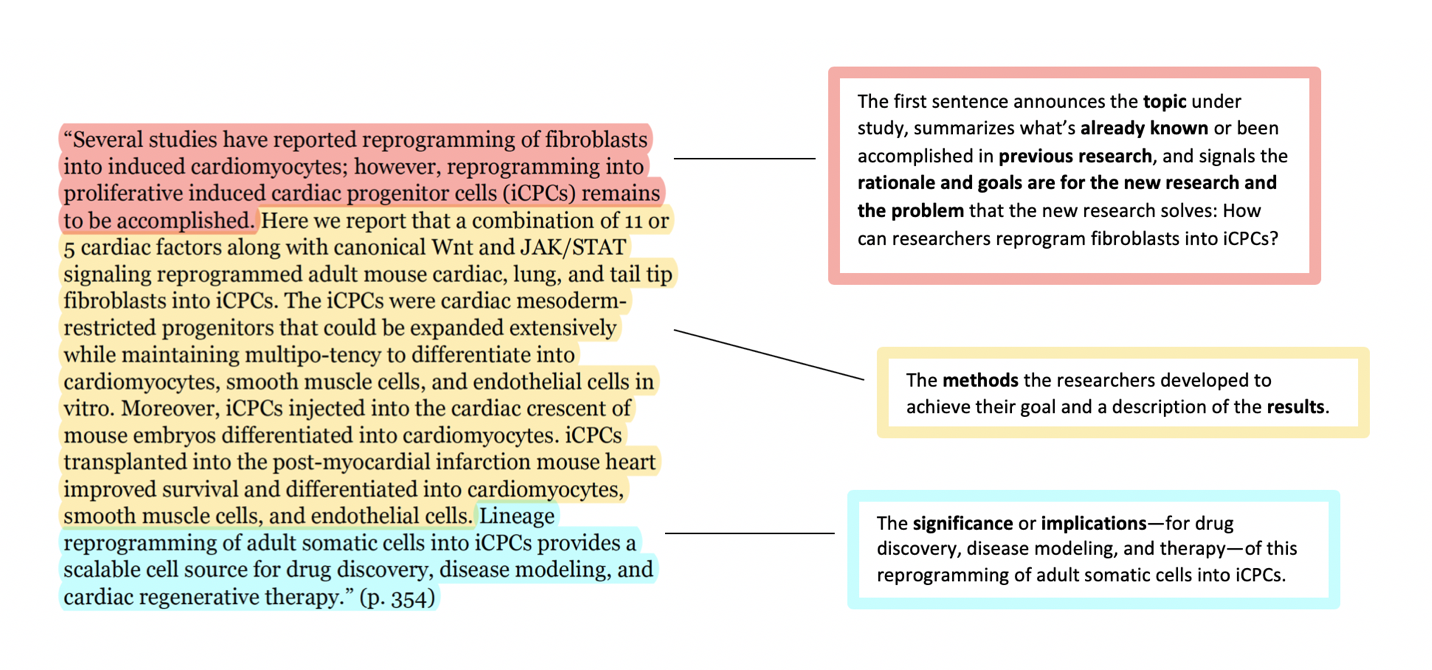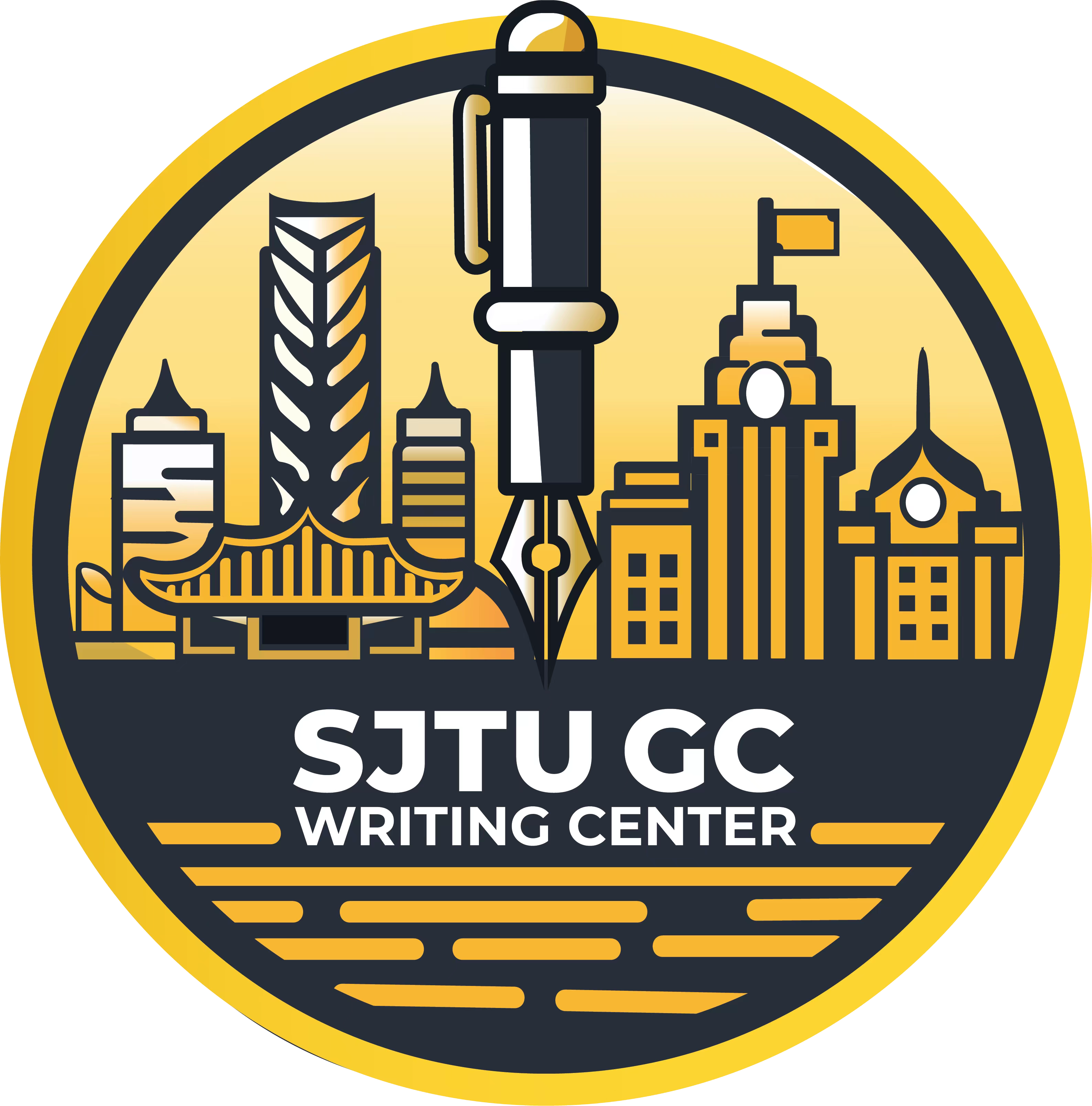Writing an Abstract
An abstract is a short summary of a longer work (such as a thesis, dissertation or research paper). The abstract concisely reports the aims and outcomes of your research, so that readers know exactly what your paper is about.
—Shona McCombes and Eoghan Ryan
Before writing an abstract, you should know what an abstract is for. It is not easy for a researcher to find the appropriate source in the database. Writing an abstract for your paper is basically a public benefit activities, for TAs, writing consultants, professors, and other people who will read your articles.
Structure
Mostly, an abstract contains 4 parts, introduction, methods, results, and conclusion. If you find yourself hesitating when writing an abstract, remember this IMRC structure. However, abstract is able to contain more information depending on the structure of your paper. A good abstract is to summarize the most valuable part of the paper. If you find something worth mentioning, then it has to be mentioned in your abstract.
Perspective
The majority of abstracts are informative. While they still do not critique or evaluate a work, they do more than describe it. A good informative abstract acts as a surrogate for the work itself. That is, the researcher presents and explains all the main arguments and the important results and evidence in the paper. An informative abstract includes the information that can be found in a descriptive abstract [purpose, methods, scope] but it also includes the results and conclusions of the research and the recommendations of the author. The length varies according to discipline, but an informative abstract is usually no more than 300 words in length.
A descriptive abstract indicates the type of information found in the work. It makes no judgements about the work, nor does it provide results or conclusions of the research. It does incorporate key words found in the text and may include the purpose, methods, and scope of the research. Essentially, the descriptive abstract only describes the work being summarised. Some researchers consider it an outline of the work, rather than a summary. Descriptive abstracts are usually very short, 100 words or less.
Writing
A good abstract is short but impactful, so make sure every word counts. Each sentence should clearly communicate one main point.
To keep your abstract or summary short and clear:
Example
This paper examines the role of silent movies as a mode of shared experience in the US during the early twentieth century. At this time, high immigration rates resulted in a significant percentage of non-English-speaking citizens. These immigrants faced numerous economic and social obstacles, including exclusion from public entertainment and modes of discourse (newspapers, theater, radio).
Incorporating evidence from reviews, personal correspondence, and diaries, this study demonstrates that silent films were an affordable and inclusive source of entertainment. It argues for the accessible economic and representational nature of early cinema. These concerns are particularly evident in the low price of admission and in the democratic nature of the actors’ exaggerated gestures, which allowed the plots and action to be easily grasped by a diverse audience despite language barriers.

